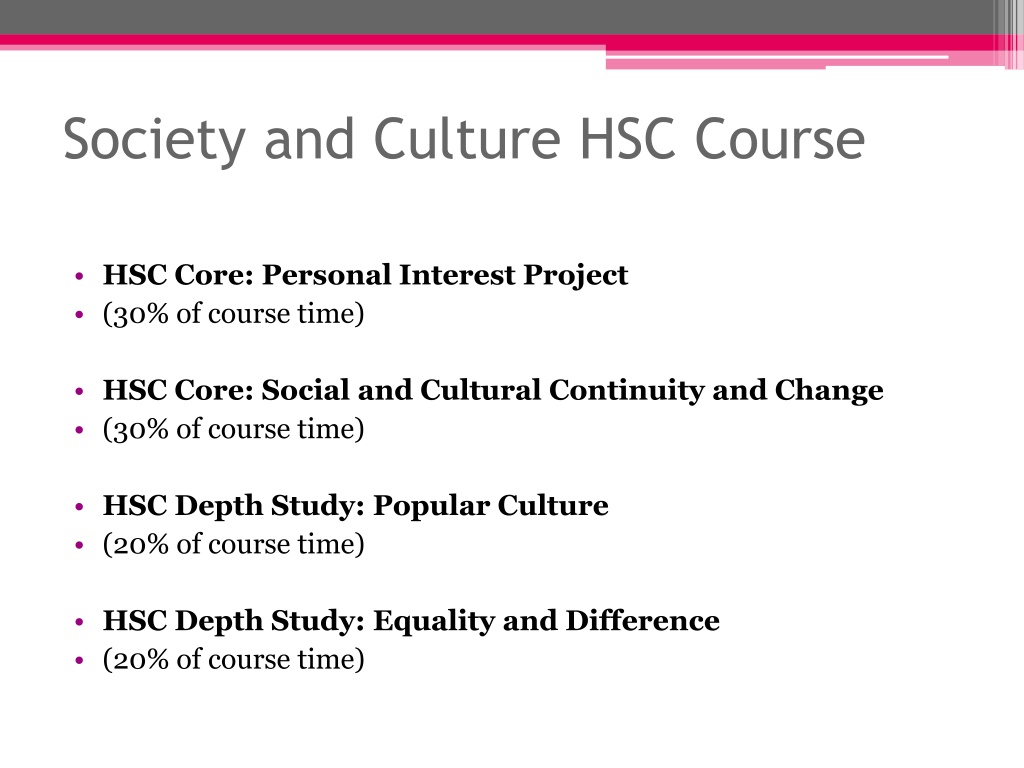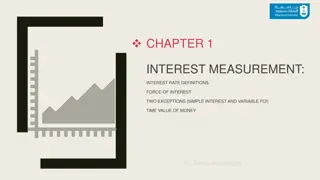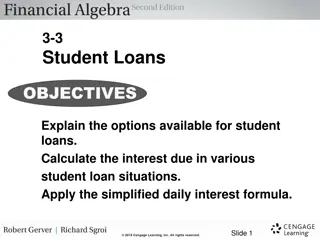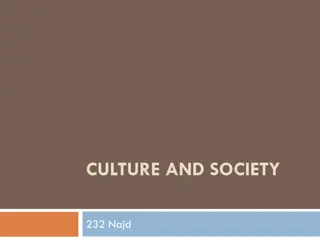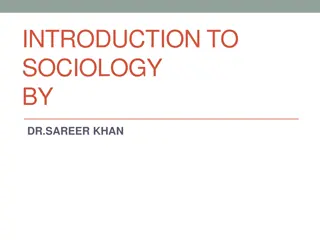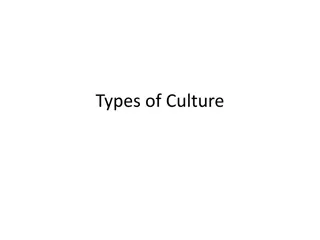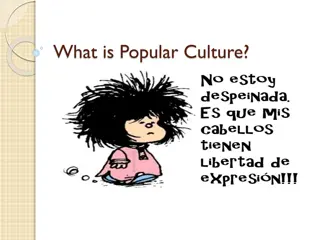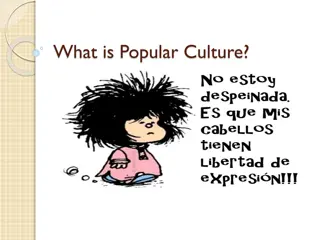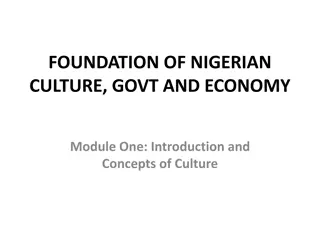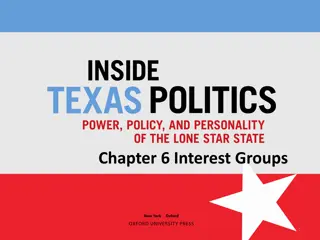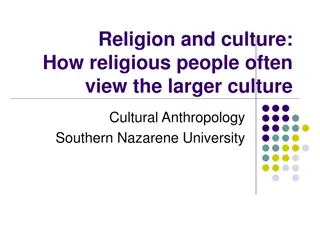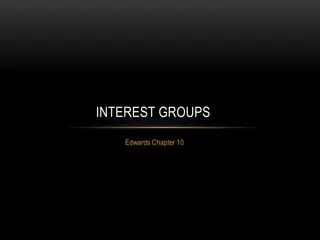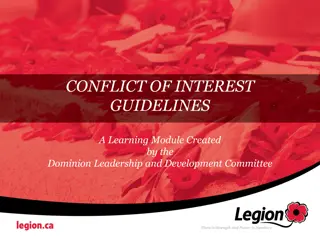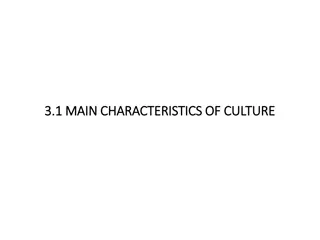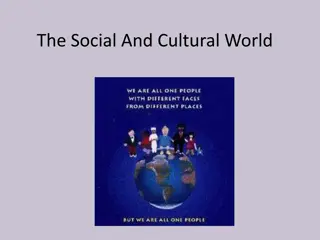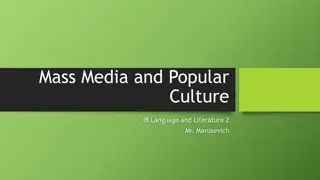Understanding Society and Culture through Personal Interest Projects
Explore the significance of Personal Interest Projects (PIPs) in the HSC curriculum, focusing on research skills development, independent learning, and cross-cultural perspectives. Discover the steps involved in creating a fantastic PIP, from topic selection to project completion, and understand the impact on students' academic journey.
- Society and Culture
- Personal Interest Project
- Research Skills
- Cross-Cultural Perspective
- Independent Learning
Download Presentation

Please find below an Image/Link to download the presentation.
The content on the website is provided AS IS for your information and personal use only. It may not be sold, licensed, or shared on other websites without obtaining consent from the author. Download presentation by click this link. If you encounter any issues during the download, it is possible that the publisher has removed the file from their server.
E N D
Presentation Transcript
Society and Culture HSC Course HSC Core: Personal Interest Project (30% of course time) HSC Core: Social and Cultural Continuity and Change (30% of course time) HSC Depth Study: Popular Culture (20% of course time) HSC Depth Study: Equality and Difference (20% of course time)
How to Create a Fantastic Personal Interest Project
What IS a Personal Interest Project? Using appropriate methodologies, a student spends three terms researching a focussed topic that is of interest to him/her, can be connected to Society and Culture through the course concepts and which includes a cross-cultural perspective.
What does doing the PIP do for a student? Learn invaluable research skills On completion, an exhilarating sense of achievement becomes a genuine 'expert' on the chosen topic Real independent learning occurs especially important if the student goes on to tertiary study.
The introduction (500 words) A brief description of what the topic is about, why it was chosen, and how it contributes to a better understanding of Society and Culture. It explains and justifies the choice of methodologies and specifies the cross-cultural component.
The Log (500 words) A summary of the student's diary, which shows the sequential development of the project
Central Material (2,500 5.000 words) Containing description and analysis of the research carried out in investigation of the focus question or hypothesis. May include photos, tables or graphs, but these must be labeled and incorporated into the text through discussion. Must contain a cross-cultural perspective.
Conclusion (500 words) What has the student learned from doing the PIP? Resource List with annotated references
Getting started: possible sources of ideas Family/personal world An issue the student already feels strongly about Social issues arising from S&C or other classes Social issues arising from films, novels, TV documentaries, magazines Class discussions Inspiration from past PIPs and ex-S&C students Inspirational people in the student's life Interests and hobbies Future career ideas
Cross-cultural? The student must show some knowledge and understanding of viewpoints other than their own The topic needs to reflect a perspective different from the immediate culture of the student (over space and/or time) For example: generation, socioeconomic group, gender, ethnicity or location The cross-cultural perspective needs to be integrated into the central material of the project
Examples: Comparing marriage rituals in two different cultures (ethnicity, location) Researching the similarities and differences in mother daughter relationship between the student, student's mother and student's grandmother (generation) Examining the different approaches to communication exhibited by males and females (gender)
What are the features of a good PIP? Well-conveyed passion for the topic Clear focus and direction Integrated flow of different aspects (including cross-cultural perspective) and methodologies Originality, or a fresh approach to a 'preloved' topic Thorough, ethical and appropriate research methodologies applied primary supported by secondary Comfortable incorporation of S&C concepts Logical conclusions reached Someone reading the PIP feels that the student has undertaken a genuine 'learning journey'
